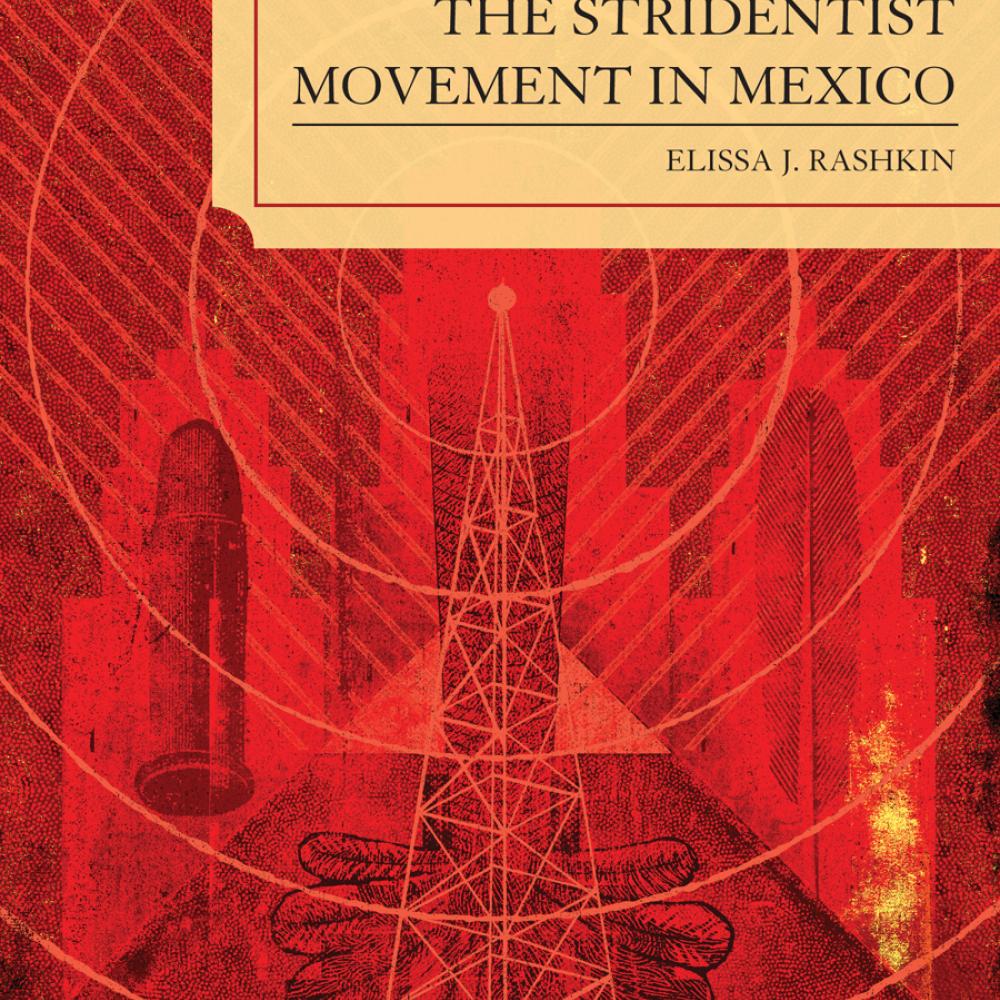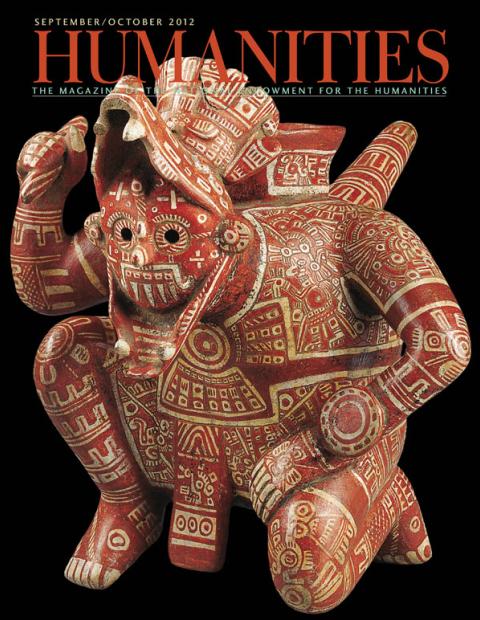In December 1921, a young poet named Manuel Maples Arce from the cosmopolitan port of Veracruz penned and distributed a manifesto in Mexico City calling for “an overthrow of outdated aesthetic forms comparable to the recent political overthrow of the old regime,” writes Elissa J. Rashkin in The Stridentist Movement in Mexico: The Avant-Garde and Cultural Change in the 1920s (Lexington Books, 2009). For much of the 1920s the group that formed around Maples Arce wrote poetry, plays, short stories, and novels, organized performances, and engaged in more than a few iconoclastic events and pranks, all with the aim of renewing and reinvigorating Mexican cultural life. Futurism and Dada informed the Stridentists but did not lead them intellectually. Instead, the group looked to Mexico itself for subject matter and inspiration.
The Stridentists published books in which illustrations more than complemented and accompanied the content: They interpreted it and provided their own parallel narrative. Jean Charlot’s wood cuts for Maples Arce’s Urbe, a five-part, book-length poem written in response to a workers’ parade, is the best example. Stick figures appear dwarfed and vulnerable beside towering, outsize skyscrapers or ocean liners. These representations are far from the stereotypical labor art of the time. Urbe was much admired by John Dos Passos, who translated it and saw it published as Metropolis. The fiesta that became the poem’s subject was a defining moment for Maples Arce. With his spirit “full of the moment’s restless energy,” and arriving home, he thus began:
Here is my poem
brutal and manifold
of the new city,
Oh city all tense
with cables and exertions
resonant
with motors and wings.
“The curtain thus opens,” writes Rashkin, in her NEH-funded study, “on familiar Stridentist territory: the urban landscape, pulsating with mechanical sounds.”
The Stridentists were fascinated with automobiles, seeing them as a way “to participate,” as novelist Arqueles Vela wrote, “in the immediate events of life.” Some members of the group once drove down the steps of a colonial cathedral, “the irreverent use of an automobile flamboyantly fulfill[ing] their mission,” according to Rashkin. Another absurd prank involved walking down the street shaking pieces of green paper and yelling “verde!” Theater was another Stridentist playground, so to speak. Mexican theater had become so derivative of the scene in Spain that Mexican actors even affected Spanish accents. El Teatro Mexicano del Murciélago (the Mexican Theater of the Bat) countered this stultifying trend with variety programs presenting puppetry, folk dances and “comic representations of modern urban life,” with the accent firmly on Mexican themes.
By 1927 the Stridentist Movement was disappearing from Mexico’s cultural arena, Rashkin writes, “out of internal necessity, . . . having fulfilled its mission of shaking up the placid waters of the cultural establishment.” Looking back on what now appears as a moment rather than an ongoing movement, early Stridentist Germán List Arzubide posed and then answered the question, what did we do? “That which no one had dared to do in Mexico: wake up the sun right on the hour. Unpack words. Shake them out in the vagabond wind.”


